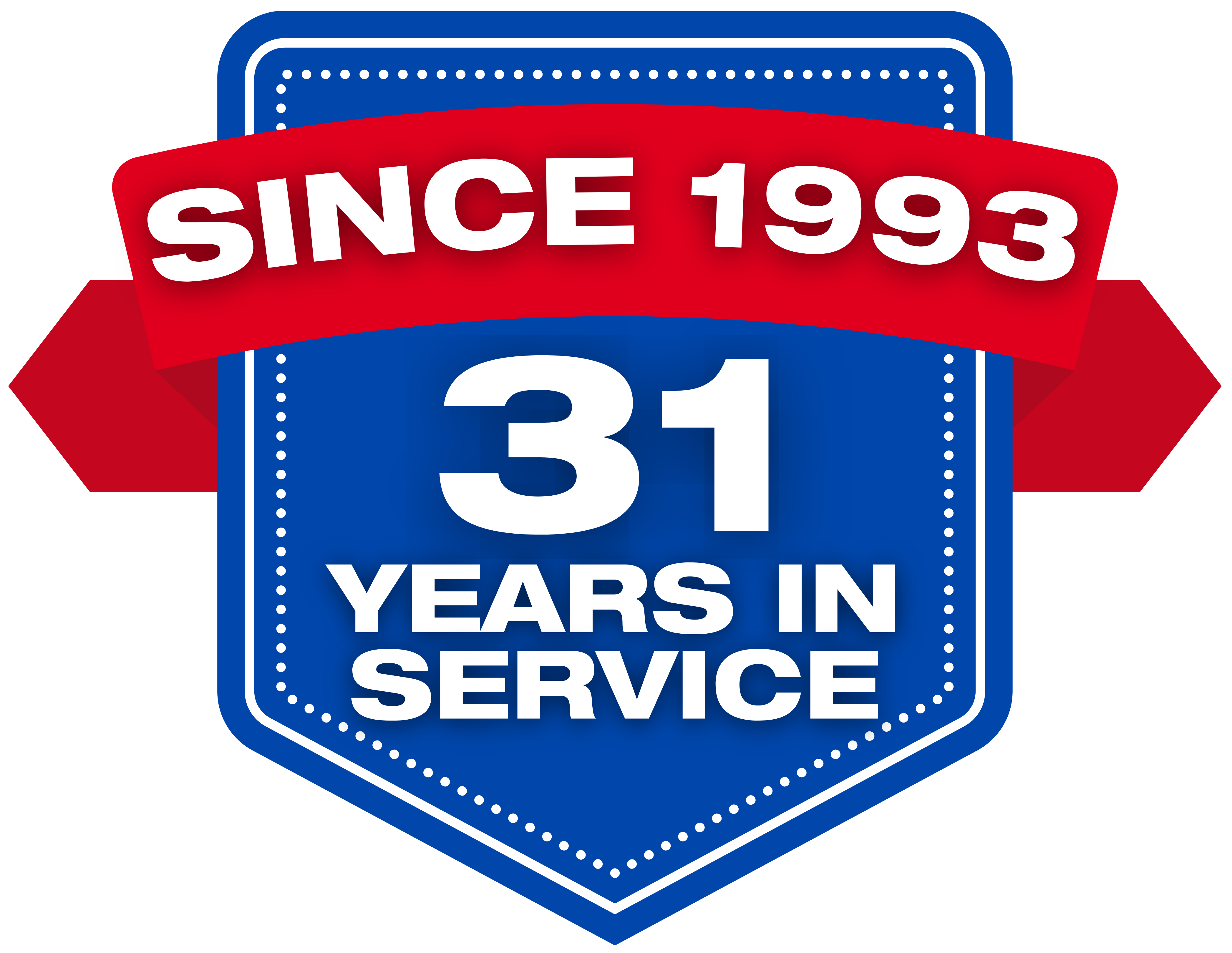Practical Insights for Smarter Disaster Recovery

When disaster strikes—whether it's storm, flood, water damage, or even cyber incidents—how quickly you respond can dramatically affect the outcome. Speed, strategy, and expertise really do matter. The 4 C’s—Communication, Coordination, Continuity, and Collaboration—form the backbone of effective recovery for homes, offices, and commercial properties.
Organizations that succeed under pressure combine these core principles with preparation, technology, safety protocols, and ongoing evaluation to protect people, property, and operations. In this guide we will take a deeper dive, providing actionable insights and practical strategies to help you create a resilient and effective disaster response plan that works.
As a recap, here are the 4 C’s, explained:
1. Communication: Keep Everyone Informed
Clear and timely communication keeps everyone informed, builds trust, and helps teams understand their roles during a crisis. It goes beyond sharing information—effective communication manages expectations and reduces stress. In high-pressure situations, regular updates provide clarity, reassure stakeholders, and enable quick, confident action without confusion or hesitation, and second-guessing.
Key Strategies:
Use multiple channels—text alerts, email, dashboards, even social media—to share real-time updates.
Keep employees, tenants, customers, and suppliers informed about recovery progress and timelines.
Designate trained spokespersons and pre-approved messaging templates to avoid misinformation.
Pro Tip: Consider building a centralized communication hub—a digital dashboard or app that updates automatically with recovery milestones, safety alerts, and resources for employees and tenants.
2. Coordination: Organize Resources Efficiently
Coordination ensures every action happens in the right sequence, minimizing errors and maximizing efficiency. For example, addressing water damage before electrical inspections or structural repairs—to prevent further damage. Pre-defined contact lists and a clear chain of command can save valuable time and reduce stress during a crisis.
Key Strategies:
Assign roles and responsibilities clearly across internal teams and departments.
Coordinate with external stakeholders—insurance adjusters, contractors, utility providers, and emergency services.
Use project management tools or shared task boards to track progress and resources.
Pro Tip: In a commercial office flood, coordinating plumbing repairs, water extraction, and HVAC inspection in the correct order can prevent mold growth and additional property damage.
3. Continuity: Keep Operations Running
Continuity planning ensures your business or property continues functioning while recovery is underway. Continuity is more than IT systems. It includes employee access, operational workflows, and tenant services. Conduct realistic, scenario-based drills—such as simulated floods, power outages, or fire events—to train staff to respond quickly and confidently, minimizing downtime and costly mistakes.
Key Strategies:
Identify essential systems, processes, and services.
Implement backup power, cloud-based solutions, and redundant infrastructure.
Establish contingency plans for payroll, supply chains, and customer communications.
Pro Tip: Include a tiered recovery plan: first restore essential services, then address secondary operations. This structured approach ensures the most critical areas are functional first.
4. Collaboration: Strength in Numbers
Partnerships amplify your recovery efforts. Working together with internal and external partners improves speed and outcomes. Collaboration extends into post-recovery evaluation. After the event, review successes, challenges, and gaps with all stakeholders. Identifying these gaps allows you to improve future disaster plans and build a stronger, more resilient system for everyone involved.
Key Strategies:
Leverage expertise from contractors, local authorities, emergency services, and neighboring businesses.
Share resources, equipment, and manpower to accelerate recovery.
Maintain open feedback loops for continuous improvement.
ProTip: Joint tabletop exercises with local emergency services and property managers can identify vulnerabilities and improve coordinated responses for real events.
Preparing for the Unexpected
Preparation is the secret weapon that makes the 4 C’s effective.
Practical Steps:
Emergency kits & plans: First aid, PPE, flashlights, backup devices, and emergency contacts.
Scenario planning: Tabletop exercises for fires, floods, storms, or cyber disruptions.
Facility inspections: Monitor weak roofs, aging plumbing, electrical risks, and structural vulnerabilities.
Insurance readiness: Keep up-to-date photos and documentation for quick claims processing.
Pro Tip: Treat disaster readiness as ongoing maintenance, not a one-time checklist. Regular reviews and updates keep your organization prepared for the unpredictable.
Modern Tools Enhance Recovery
Technology can transform disaster response. IoT devices, sensors, and predictive analytics enable proactive measures—detecting small issues before they turn into major problems. In commercial buildings, this might include automatically shutting off water during a leak or alerting staff to HVAC failures, helping minimize downtime and prevent secondary damage.
Innovations:
Smart sensors detect leaks, smoke, fire, and mold early.
Automated alert systems provide real-time notifications.
Cloud-based monitoring dashboards track response progress.
Safety First
Protecting people is always the top priority. Safety isn’t just for employees or tenants—it’s also critical for restoration crews too. Maintaining a safe environment prevents injuries and ensures compliance, reducing liability during recovery operations.
Key Strategies:
Establish clear evacuation routes, muster points, and safety briefings.
Use alarms, signage, and training programs to reinforce protocols.
Ensure all contractors follow OSHA and local safety regulations.
Continuous Improvement
Every disaster is an opportunity to learn. Building a culture of continuous improvement reduces future recovery times, costs, and stress. Over time, your organization becomes more resilient, capable of adapting to a wide range of crises with confidence.
Key Strategies:
Conduct post-incident reviews to identify gaps.
Collect feedback from staff, tenants, and partners.
Update protocols and train teams regularly based on lessons learned.
Specialized Considerations for Office & Commercial Properties
Office buildings and commercial properties face unique challenges:
High tenant density and foot traffic require rapid safety measures.
Sensitive equipment (IT, servers, HVAC) demands careful handling during disasters.
Coordinating multiple stakeholders—tenants, employees, vendors, and security—requires structured communication and rapid decision-making.
Pro Tip: Maintain a tenant emergency liaison—a designated contact who coordinates communications and ensures each tenant knows what to do in a crisis.
Why All-Clean USA
When every second matters, having the right partner makes all the difference. Partnering with ALL-CLEAN USA lets you focus on operations while experts handle recovery, speeding the return to normalcy.
Discover the ALL-CLEAN USA Advantage:
24/7/365 rapid response to water, fire, storm, and mold emergencies.
Certified professionals with state-of-the-art restoration equipment.
Comprehensive insurance support to streamline claims.
Proven experience restoring homes, offices, and commercial spaces efficiently.
Take Action Today
Disasters are unpredictable, but preparation, planning, and professional support make recovery faster, safer, and less stressful.
Next Steps:
Develop a detailed disaster response plan for your property.
Conduct regular drills and inspections.
Establish partnerships with certified restoration experts.
Use technology to monitor and prevent issues before they escalate.
Contact us today for immediate assistance or to learn more about our emergency restoration services. Whether it’s fire damage, water damage, storm or flood, or even mold, our team is ready 24/7 to protect your people, property, and operations.


